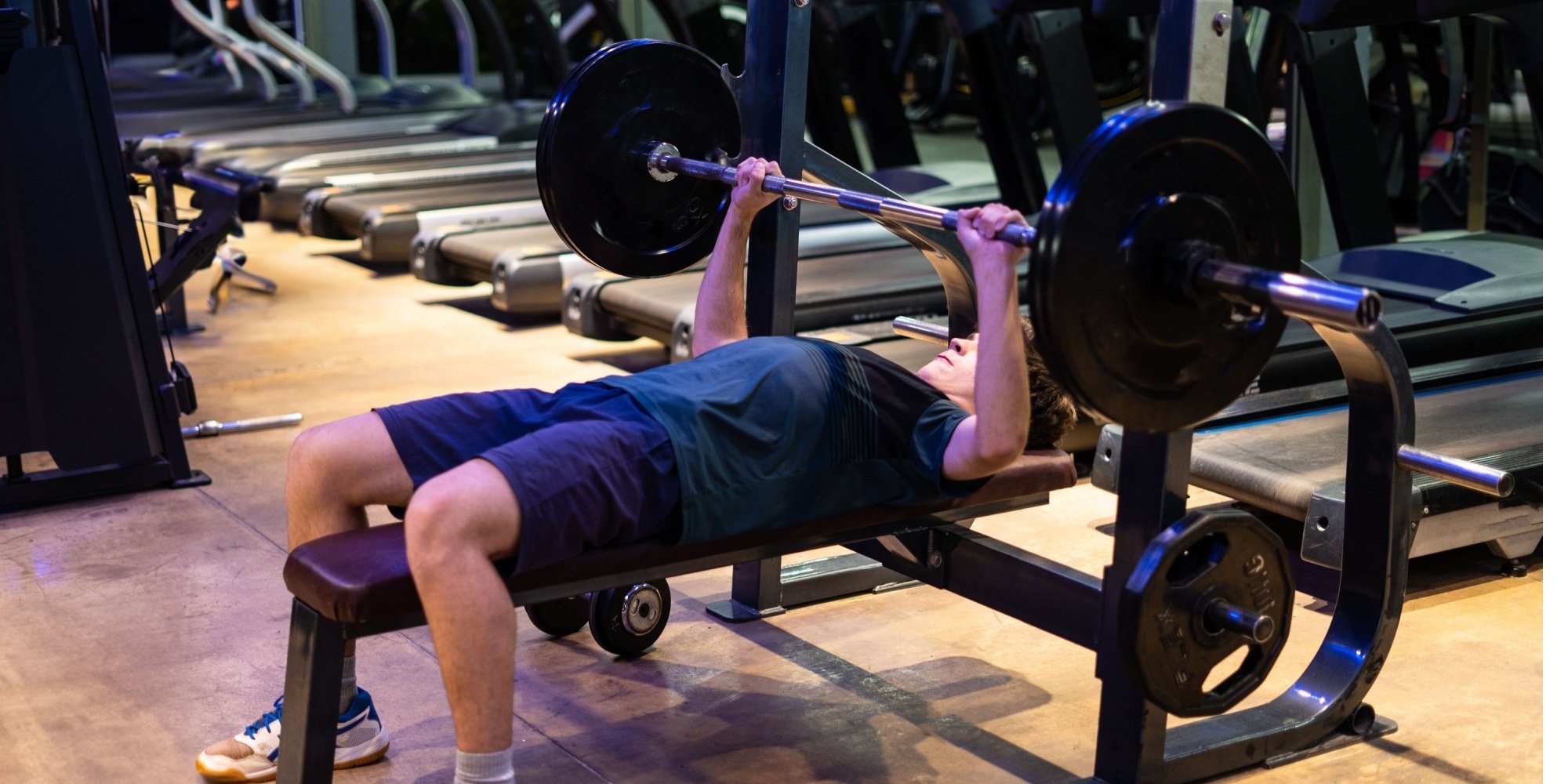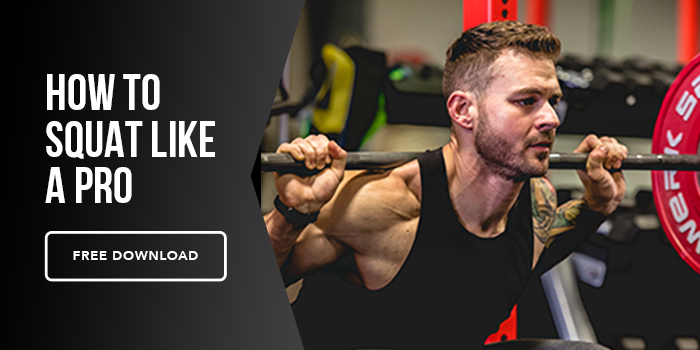Somewhere along the line, lifting heavy got lumped in with spray tans, posing trunks, and calling people “boss.”
But here’s the truth: you don’t have to be a competitive bodybuilder to benefit from challenging, heavy-ish lifting. In fact, if you care about being strong, mobile, and independent as you age — you should be lifting heavy now and then.
Heavy Doesn’t Mean Maxing Out
First, let’s clear up a big myth: lifting heavy doesn’t mean loading up your one-rep max and hoping your spine holds.
“Heavy” just means a weight that’s heavy for you — today — in a safe, controlled rep range. For general fitness, most people do great mixing in sets in the 5–8 rep range, alongside higher-rep work.
This rep range recruits fast-twitch muscle fibers, challenges bone density, and builds raw strength. And the literature backs it up: a variety of rep ranges produces better overall results than sticking to just light weights and high reps forever.
Strong Bones, Strong Muscles, Strong You
Heavy-ish lifting does something cardio and casual resistance bands can’t: it puts meaningful stress on your bones. That’s a good thing.
Mechanical loading (the science-y term for “pick up heavy stuff and control it”) signals your body to strengthen not just muscle, but also your skeleton. That’s huge for preventing osteoporosis and frailty later in life.
Put simply: muscles pull on bones, bones get stronger to handle the load. It’s biology doing what it does best.
Fast-Twitch Matters More Than You Think
You’ve probably heard about slow-twitch and fast-twitch muscle fibers. Here’s the short version:
-
Slow-twitch: Endurance, low-force, think marathon runner.
-
Fast-twitch: Explosive, high-force, think sprinter or powerlifter.
As we age, we naturally lose fast-twitch fibers faster than slow-twitch ones. This is why older adults struggle with power, balance, and quick movements — the fibers that help you catch yourself when you trip over the dog are the same ones you train when you lift heavy.
So while cardio keeps your heart healthy, lifting heavy keeps you from breaking a hip.
Real-Life Strength: Max Force Output
Being able to produce a lot of force on demand isn’t just for weight room bragging rights. It’s functional.
- Lifting groceries out of the trunk? That’s force production.
- Shoving a heavy couch to vacuum behind it? Force production.
- Bracing and catching yourself in an unexpected fall? Yep, force production.
When you train with heavy-ish loads, you teach your nervous system to recruit more muscle fibers quickly. This skill — moving a lot of force in a hurry — is vital for everyday life, not just bench press numbers.
It Keeps You Honest
Another hidden benefit: lifting heavy keeps you from coasting.
It’s easy to get in a comfortable groove: same exercises, same weight, same reps — forever. Your body adapts and then politely stops changing.
Sprinkling in heavier sets forces you to check in: Am I actually getting stronger, or just going through the motions?
A simple tweak: for compound lifts like squats, presses, and rows, work up to a few sets in the 5–8 rep range once a week. Keep it clean and controlled — no sloppy grinders — and track your progress.
Heavy Lifting Is Safe (When Done Right)
“But isn’t lifting heavy dangerous?”
Only if you do it stupidly. Ego lifting, maxing out when you’re sleep-deprived, or using bad form—that’s risky.
Smart heavy lifting means:
✅ Warm up properly
✅ Use solid technique
✅ Progress gradually
✅ Respect your body’s signals
When done this way, lifting heavy is no more dangerous than lifting light — and arguably safer, because it builds the resilience that prevents injuries in daily life.
How to Add Heavy Work to Your Routine
You don’t need to overhaul your whole program. Just sprinkle heavier sets into the stuff you’re already doing.
Example:
- For bench press: do your usual sets of 10–12, then add a few sets of 5–6 reps at a heavier weight.
- For squats: after warming up, work up to a challenging set of 5. Then drop the weight and do higher-rep back-off sets.
- For rows or pull-ups: add weight if bodyweight is too easy — aim for sets of 6–8 with good form.
Do this once or twice a week per big lift. That’s it.
Final Takeaway
Lifting heavy isn’t about transforming into a competitive bodybuilder. It’s about training your body to handle real-world demands: strong bones, powerful muscles, and a nervous system ready to fire when life throws you a curveball.
Keep the variety. Mix in your high-rep sets, your cardio, your mobility work. But give heavy lifting some love too.






